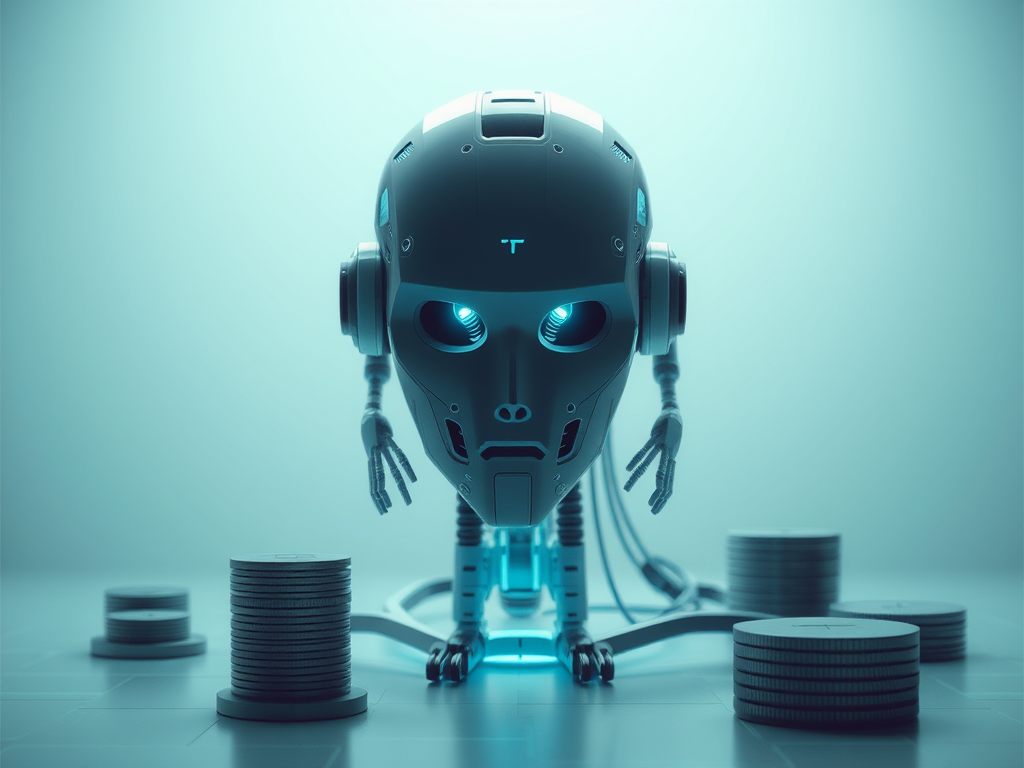Healthcare Sector Deflation Mechanisms
Primary Care Services
Current Cost Structure:
- Doctor Salary: $200,000-$300,000/year
- Nurse Salary: $70,000-$100,000/year
- Admin Staff: $40,000-$60,000/year
- Facility Costs: $150,000-$300,000/year
Average Cost Per Patient Visit: $150-300
AI-Transformed Structure:
- AI Diagnostic System: $5,000/year/location
- Remote Monitoring: $100/patient/year
- Automated Admin: $1,000/year/location
- Minimal Physical Infrastructure
Projected Cost Per Patient Visit: $10-20
Deflationary Mechanisms:
- Diagnostic Automation
- 24/7 availability reduces urgent care needs
- Preventive monitoring cuts emergency visits
- Accurate first-time diagnosis reduces follow-ups
- Remote triage optimizes resource use
- Treatment Optimization
- Personalized medicine reduces waste
- Automated drug dispensing
- Remote monitoring reduces hospitalizations
- Prevention-focused interventions
- Administrative Efficiency
- Automated scheduling and follow-up
- Perfect record-keeping
- Automated insurance processing
- Real-time resource optimization
Construction Industry Transformation
Residential Construction
Current Cost Structure:
- Labor: 50% of project cost
- Materials: 30-35%
- Management: 10-15%
- Overhead: 5-10%
Average Cost: $150-300/sq ft
AI/Robotics Transformed:
- Automated Labor: 10% of current
- Optimized Materials: 20-25%
- AI Management: 2-3%
- Minimal Overhead: 1-2%
Projected Cost: $30-60/sq ft
Deflationary Mechanisms:
- Construction Automation
- 24/7 construction capability
- Perfect precision reduces waste
- Automated quality control
- Optimal resource utilization
- Design and Planning
- AI optimization of materials
- Perfect building code compliance
- Real-time adaptation to conditions
- Automated permit processing
- Project Management
- Real-time progress tracking
- Automated resource allocation
- Perfect scheduling
- Instant problem resolution
Education Sector Evolution
Higher Education
Current Cost Structure:
- Faculty: $10,000-20,000 per student/year
- Administration: $5,000-10,000
- Facilities: $8,000-15,000
- Support Services: $3,000-7,000
Average Annual Cost: $26,000-52,000
AI-Transformed Model:
- AI Learning Systems: $500/student/year
- Minimal Administration: $200/student/year
- Virtual Infrastructure: $300/student/year
- AI Support Services: $100/student/year
Projected Annual Cost: $1,100/student
Deflationary Mechanisms:
- Learning Delivery
- Personalized instruction paths
- Real-time adaptation to progress
- Unlimited practice opportunities
- Perfect assessment accuracy
- Content Creation
- Dynamic curriculum updates
- Interactive learning materials
- Automated content generation
- Perfect accessibility
- Administrative Functions
- Automated enrollment management
- Real-time progress tracking
- Personalized career guidance
- Automated certification
Food Service Industry Disruption
Restaurant Operations
Current Cost Structure:
- Labor: 30-35% of revenue
- Food Cost: 28-32%
- Rent/Utilities: 5-10%
- Other Overhead: 10-15%
Average Meal Cost: $15-30
AI/Robotics Transformed:
- Automated Labor: 3-5% of revenue
- Optimized Food Cost: 20-25%
- Efficient Space Use: 3-5%
- Minimal Overhead: 2-3%
Projected Meal Cost: $3-6
Deflationary Mechanisms:
- Kitchen Automation
- Perfect cooking consistency
- Zero food waste
- Real-time inventory optimization
- Automated quality control
- Service Automation
- Automated order processing
- Perfect timing coordination
- Real-time demand adaptation
- Zero service errors
- Management Optimization
- AI inventory management
- Automated supplier coordination
- Perfect demand forecasting
- Real-time price optimization
Transportation Sector Transformation
Urban Transportation
Current Cost Structure:
- Driver Wages: 40% of operating costs
- Vehicle Costs: 20%
- Fuel/Maintenance: 25%
- Overhead: 15%
Average Cost Per Mile: $2-4
Autonomous System:
- No Driver Costs
- Optimized Vehicle Use: 15%
- Efficient Operations: 15%
- Minimal Overhead: 5%
Projected Cost Per Mile: $0.30-0.60
Deflationary Mechanisms:
- Operational Efficiency
- 24/7 vehicle utilization
- Perfect route optimization
- Real-time demand matching
- Zero human error costs
- Resource Optimization
- Optimal vehicle maintenance
- Perfect energy efficiency
- Maximum asset utilization
- Minimal idle time
- Service Integration
- Seamless multimodal transport
- Real-time capacity adjustment
- Perfect scheduling
- Automated load balancing
Manufacturing Sector Evolution
Consumer Goods Production
Current Cost Structure:
- Labor: 30-40% of costs
- Materials: 30-35%
- Energy: 10-15%
- Overhead: 15-20%
Average Unit Cost: Variable by product
AI/Robotics Transformed:
- Automated Labor: 3-5%
- Optimized Materials: 25-30%
- Efficient Energy Use: 5-8%
- Minimal Overhead: 3-5%
Projected Cost: 30-40% of current
Deflationary Mechanisms:
- Production Automation
- Continuous operation capability
- Perfect quality control
- Zero waste processes
- Real-time adaptation
- Supply Chain Optimization
- Perfect inventory management
- Real-time supplier coordination
- Automated logistics
- Zero buffer stock needs
- Design and Innovation
- AI-optimized product design
- Rapid prototyping
- Perfect market adaptation
- Automated customization
Systemic Deflationary Effects
Cross-Sector Impacts
- Network Effects
- Compounding efficiency gains
- Interlinked cost reductions
- Systemic optimization
- Accelerating innovation
- Resource Optimization
- Perfect allocation
- Zero waste
- Real-time adaptation
- Maximum utilization
- Market Evolution
- Perfect price discovery
- Zero information asymmetry
- Instant market clearing
- Optimal resource distribution
Adaptation Requirements
- Business Model Evolution
- Service-based models
- Resource-efficiency focus
- Value-added differentiation
- Innovation-centric competition
- Workforce Transformation
- Creativity emphasis
- Innovation focus
- Human interaction value
- Complex problem solving
- Economic Framework Updates
- New value metrics
- Resource-based accounting
- Alternative exchange systems
- Updated regulatory frameworks
Transition Challenges
- Infrastructure Evolution
- Legacy system adaptation
- New infrastructure development
- Integration requirements
- Security considerations
- Social Adaptation
- Skill transition support
- New purpose development
- Community reorganization
- Value system evolution
- Market Restructuring
- New business models
- Changed competitive dynamics
- Value chain reorganization
- Resource reallocation
This sector-specific analysis reveals how AI-driven deflation operates through multiple reinforcing mechanisms across industries. The transformation is particularly profound in labor-intensive sectors where human costs have traditionally dominated the cost structure. The reduction in costs isn’t just incremental but transformative, often reducing expenses by 80-90% while improving service quality and availability.

Leave a Reply